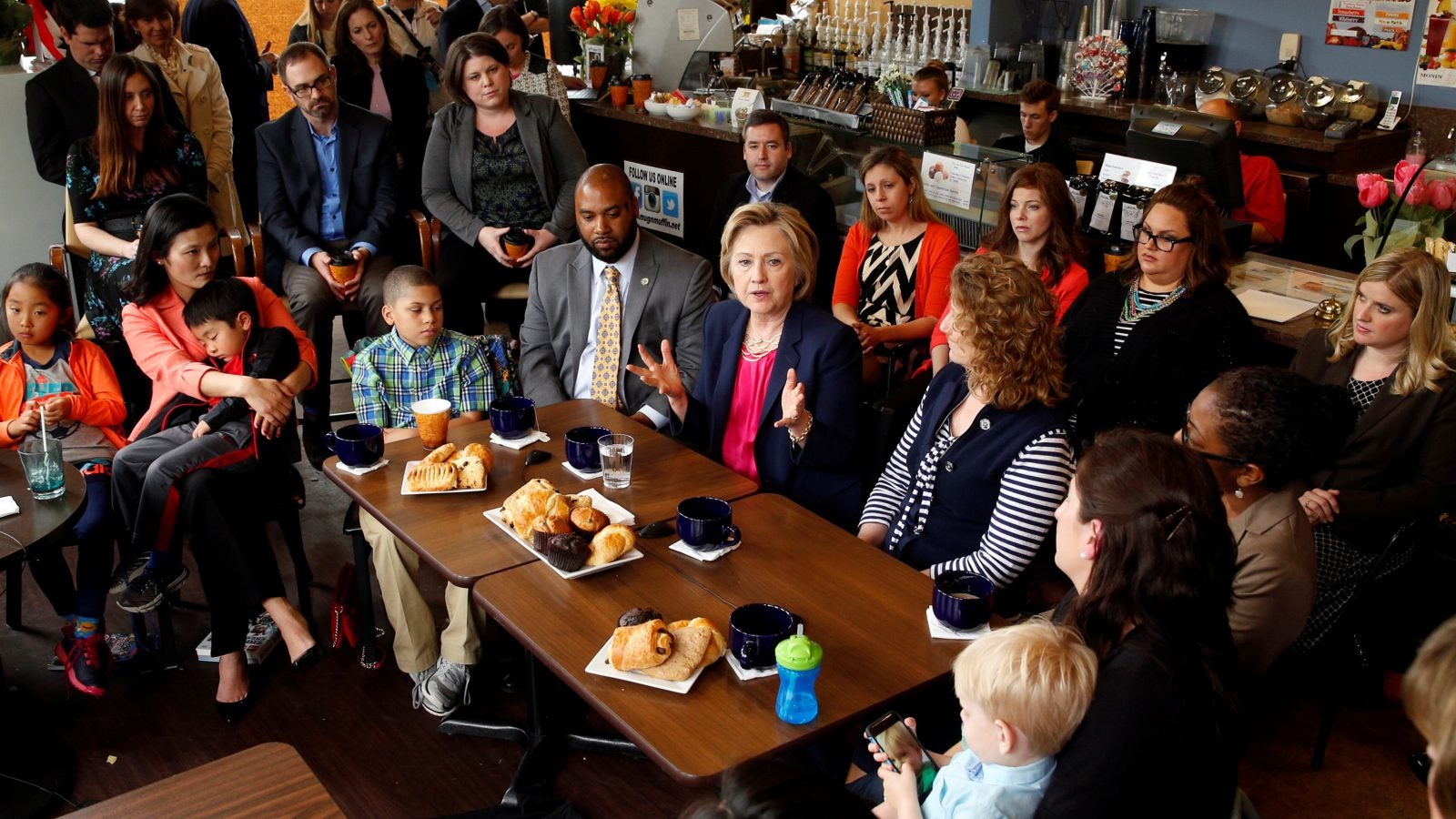The US has just plummeted down the rankings for gender equality
Most of the world hasn’t yet got close to gender equality in politics, or in the arena of work. But we’re moving in the direction of parity, right?


Most of the world hasn’t yet got close to gender equality in politics, or in the arena of work. But we’re moving in the direction of parity, right?
The answer is “Yes, but much more slowly than we were.” In fact the pace of change has become so painfully sluggish that researchers at the World Economic Forum this week called it a ”dramatic slowdown” that would mean—at current speeds—we won’t get to equality for 170 years. In last year’s report, that timespan was 118 years.
Change was gathering pace until 2013, but since then it’s tailed off, the researchers said.
But perhaps most surprising is that the US has fallen far and fast in the rankings—to 45th place in 2016, from 23rd the previous year.
In part, that change was for technical reasons. Since its inception in 2006, the WEF’s Global Gender Gap Report has compared men’s and women’s annual average incomes, but capped them at $40,000 per person. The cap is a method taken from the UN Human Development Index, and its purpose is to prevent the richest countries from skewing the measurements; without an income cap, they would score disproportionately high on the overall index even when they do poorly on other indicators (think oil-rich Gulf states where women’s rights are severely limited). It was set at $40,000 because research had found that income above $40,000 doesn’t make a meaningful difference to people’s quality of life, and because in 2006, few countries’ average income was that high.
But an influential paper (pdf) in 2010 by Princeton professors Daniel Kahneman and Angus Deaton argued that the threshold should be higher, at $75,000. Moreover, as incomes have crept up, the average in some countries is now above $40,000, so the cap was masking inequalities. In the US, for example, the WEF estimated that the average woman earned just over $43,000 and the average man over $66,000. Under the previous system, both would have been capped at $40,000, making them look equal.
“At the time the cap was set, it wasn’t too low,” explained Vesselina Ratcheva, research data analyst at the WEF. “But now the world is wealthier.”
Even with the new cap of $75,000, the ranking is likely to be skewed for Luxembourg, Qatar, and Singapore, where men earn over $75,000 on average and women earn less than that.
America’s fall in the rankings isn’t all down to this change in measurement, though. The WEF noted that the US has slipped backwards in other areas. Women’s labor-force participation has declined over the past year, and “is stagnating among legislators, senior officials and managers,” the WEF wrote.
On the positive side, it noted, the US has reached gender parity in education. Women in the country are as well-educated as men, reflecting a global trend in which women in 95 countries now go to university in equal or higher numbers to men. However, parity in education combined with lack of it in the workplace creates its own problem: a large pool of qualified women whose skills are being under-used and who are being poorly rewarded.
As in previous years, the parity rankings were topped by Nordic countries: Iceland was number one, followed by Finland, Norway, and Sweden. Perhaps surprising to some, number five is Rwanda. It leapt up the rankings last year, in a large part because it has a very high proportion of women in government.